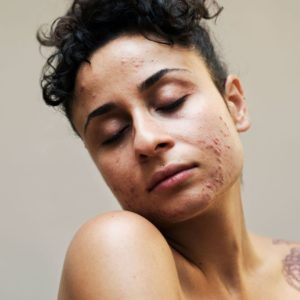
7 min|Dr. Jam Caleda
Advantages of Prolotherapy
Regenerative Injection TherapyProlotherapy is a form of regenerative injection therapy that is gaining popularity as a non-surgical treatment option for chronic pain.
It involves injecting a solution, typically dextrose, into the affected area to stimulate the body's natural healing process. It helps to stimulate tissue growth, heal damaged tissue, and treat acute and chronic musculoskeletal conditions. These conditions include osteoarthritis, joint instability, and chronic pain.
For over 30 years, Prolotherapy has been one of the most important modalities in our toolbox. It began with Dr. Lawrence Chan, Dr. Eric Posen, and Dr. Hal Brown and now, Dr. Jam Caleda, is the primary Naturopathic Doctor focusing on Prolotherapy injections for musculoskeletal pain.
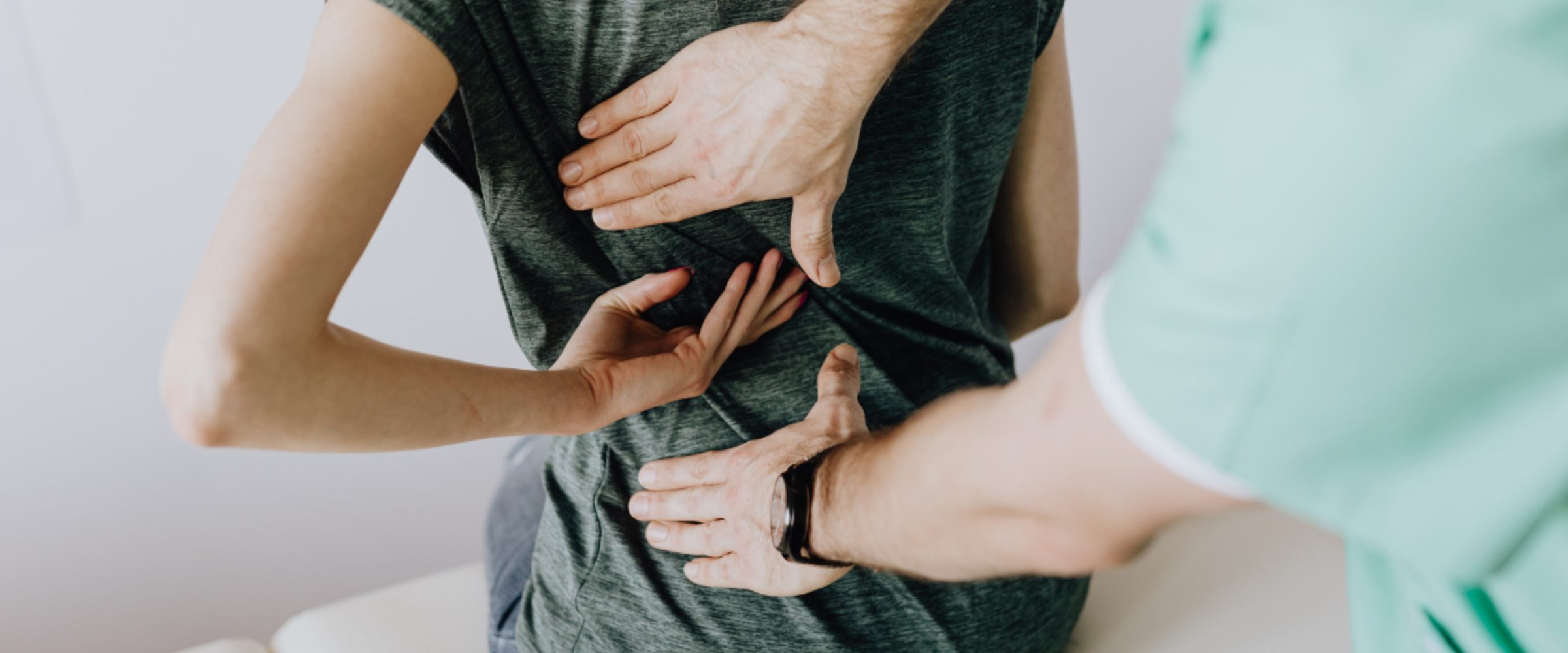
History of Prolotherapy
Prolotherapy, derived from the term “proliferative therapy”, has been used for over eighty years to treat musculoskeletal conditions. It dates back to the early 20th century when Dr. George Hackett MD, an Oregon physician, began using injections of irritant solutions to treat damaged ligaments and tendons. He mostly used a combination of high concentration dextrose and saline, however other proliferants have been used as well. These solutions were used to stimulate the body’s natural healing process with ligaments and tendons that had limited blood flow. As a result this would strengthen the stability of an affected joint, or reduce overall damage of a tendon or ligament.
Dr. Hackett’s use of prolotherapy expanded during World War II, when he treated military personnel with musculoskeletal injuries sustained in the battle field. His success with the treatments lead to his appointment as a consultant to the U.S. Army Surgeon General and further investigation into the efficacy of this procedure.
He published several articles and books on prolotherapy at this time, however, failed to reach standard treatment in conventional medicine. In the decades that followed, prolotherapy was adopted by several other physicians and the treatment grew.
In the 1950s, Dr. Gustav Hemwall MD, a Chicago physician began using prolotherapy specifically to treat chronic back pain. It was Dr. Hemwall who published articles on the treatment that lead to more comprehensive use.
During the 1970s, prolotherapy became more widely recognized as a viable treatment option for chronic musculoskeletal pain and became a treatment for soft tissue injuries of the knee, shoulder, neck, and feet. Dr. Ross Hauser, an Illinois physiatrist, further developed the treatment and has published several papers since. He is an active clinician, has opened several clinics across the United States, and continues to advocate and teach prolotherapy principles.
By the 1980s, prolotherapy had gained a reputation as a safe and effective treatment for low back pain, arthritic pain, sports injuries, and general chronic pain. In 1983, the American Association of Orthopedic Medicine (AAOM) was formed to promote the use of prolotherapy and other injection therapies as alternative treatments to medication, surgery, and conservative manual therapies. The group remains active still to this day and over the years has increased the safety, efficacy, and legitimacy of prolotherapy in the 21st century.
In Vancouver, Dr. Jam Caleda and other naturopaths at Integrative Naturopathic Medical Centre use prolotherapy and other injection therapies to treat a wide range of conditions which can cause musculoskeletal pain. Common conditions include osteoarthritis, tennis elbow, low back pain, ankle pain, neck pain, temporomandibular joint (TMJ) pain, shoulder tendinopathy, and other typical diagnoses of musculoskeletal pain. It can be used as a very safe and effective alternative to more invasive procedures like surgery. Studies have shown significant improvement in subjective pain scales and mobility (1-7).
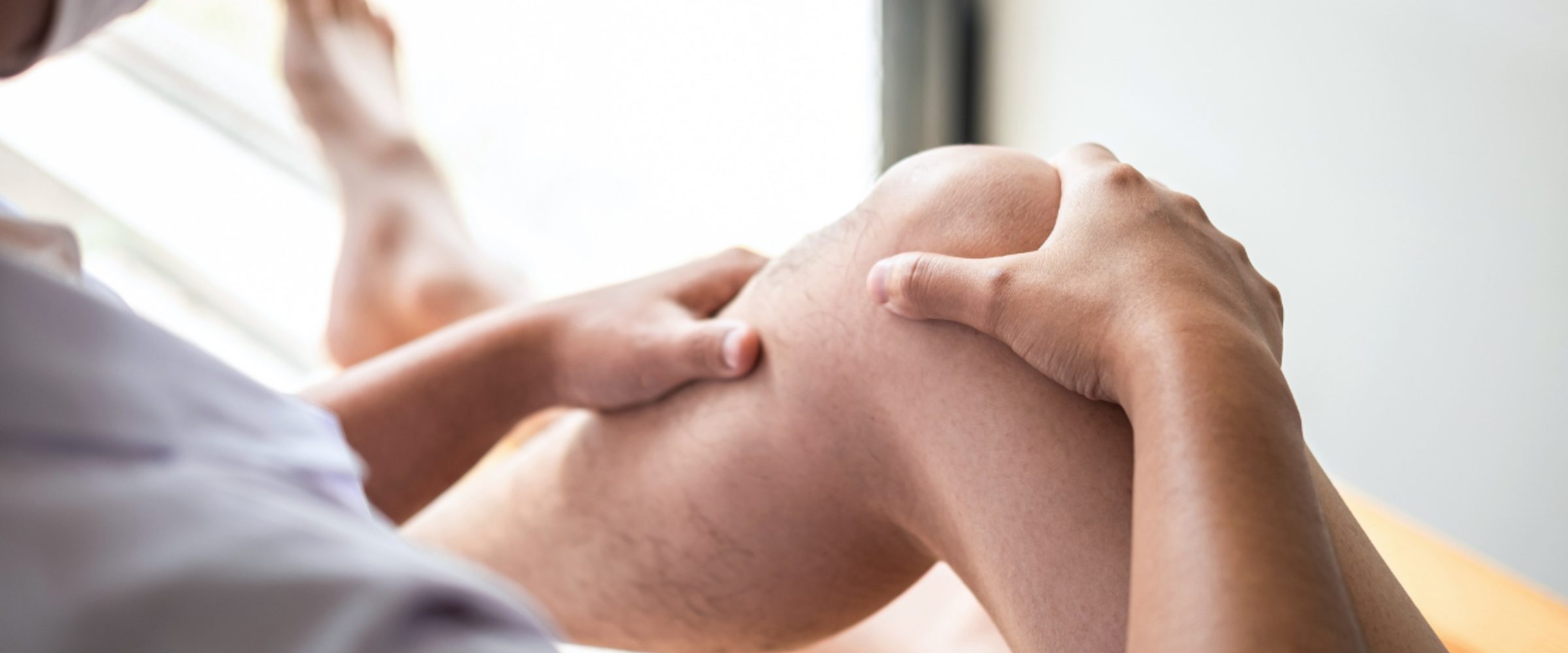
Key Advantages of Prolotherapy
One of the key advantages of prolotherapy is its ability to stimulate the body’s natural healing processes. This is done by both needle trauma from the instruments and technique alongside the injection of irritant solutions which cause an inflammatory response to the treated area. The solutions that our clinic use is a combination of high-concentration dextrose, saline, and local anesthetic.
The inflammatory response leads to the growth of new tissue, increased blood flow, and long term pain reduction and inflammation. This has been shown in meta-analyses to be superior to other injection therapies used in conventional medicine like saline, local anesthetic and possibly corticosteroids (8).
Another advantage of prolotherapy is that, under the practice of a well-trained physician with skill and experience, is a very safe and minimally invasive procedure. The most common side effect is pain and bruising at the site of injection which can last from a few hours to a couple weeks.
Patients can typically return to normal activity within a few days.
In Canada, despite the benefits of prolotherapy, the treatment remains controversial in conventional medical circles. Some physicians and medical organizations have questioned its efficacy, citing a lack of solid scientific evidence to support its use, and high presence of bias with published work. However, this remains to be challenged as many high-quality studies have been conducted over the years to support the effectiveness and safety of prolotherapy.
For example, a 2016 systematic review of studies on prolotherapy for low back pain found that the treatment was effective in reducing pain and improving function for patients with chronic low back pain (9). Other studies have found similar results for conditions like osteoarthritis, tendonitis, and other musculoskeletal diagnoses that many Canadians and people all over the world suffer from.
Dr. Jam Caleda and the Naturopathic Doctors at Integrative Naturopathic Medical Centre have found that prolotherapy is a safe and effective treatment for a wide range of chronic musculoskeletal conditions. It’s history dates back to the early 20th century and it while some controversy persists, it is continually gaining traction as safe and effective treatment alternative to surgery and other invasive procedures for those suffering from chronic musculoskeletal pain.
As with any medical treatment, it is important to discuss the risks and benefits of prolotherapy with your healthcare provider to determine if it is a suitable treatment option for you.
References
1. Hassan F, Trebinja S, Murrell WD. The effectiveness of prolotherapy in treating knee OA in adults: a systemic review. 2017.
2. Ross A. Hauser, Danielle Steilen, Karina Gordin. The Biology of Prolotherapy and Its Application in Clinical Cervical Spine Instability and Chronic Neck Pain: A Retrospective Study. European Journal of Preventive Medicine. Vol. 3, No. 4, 2015, pp. 85-102. doi: 10.11648/j.ejpm.20150304.11
3. Regina Wing Shan Sit1* , Ricky Wing Keung Wu1,2, Samuel Ka Kin Ling3, Bo Wang1, Dicken Cheong Chun Chan1, Benjamin Hon Kei Yip1, Samuel Yeung Shan Wong1, Kenneth Dean Reeves4 and David Rabago5. A protocol for a randomized clinical trial assessing the efficacy of hypertonic dextrose injection (prolotherapy) in chronic ankle instability. Sit et al. Trials 2022, 23(1):1063 https://doi.org/10.1186/s13063...
4. Regina Wing‐Shan Sit1*, Kenneth Dean Reeves2, Claire Chenwen Zhong1, Charlene Hoi Lam Wong1, Bo Wang1, Vincent Chi‐ho Chung1, Samuel Yeung‐shan Wong1 & David Rabago3. Efficacy of hypertonic dextrose injection (prolotherapy) in temporomandibular joint dysfunction: a systematic review and meta‐analysis. (2021) 11:14638 | https://doi.org/10.1038/s41598...
5. M.M. Sevena, O. Ersenb,∗, S. Akpancarb, H. Ozkanb, S. Turkkanb, Y. Yıldıza, K. Kocab. Effectiveness of prolotherapy in the treatment of chronic rotator cuff lesions. Orthopaedics & Traumatology: Surgery & Research 103 (2017) 427–433
6. Mengting Zhu, MSc,a David Rabago, MD,b Vincent Chi-ho Chung, PhD,a. Kenneth Dean Reeves, MD,c Samuel Yeung-Shan Wong, MD,a Regina Wing-Shan Sit, MDa. Effects of Hypertonic Dextrose Injection (Prolotherapy) in Lateral Elbow Tendinosis: A Systematic Review and Meta-analysis. Archives of Physical Medicine and Rehabilitation 2022;103: 2209−18.
7. Lorenzo Giordano1, William D. Murrell2,3, and Nicola Maffulli1. Prolotherapy for chronic low back pain: a review of literature. British Medical Bulletin, 2021, 138:96–111 doi: 10.1093/bmb/ldab004 Advance Access Publication Date: 21 April 2021.
8. Chen-Yu Hung, Ming-Yen Hsiao, Ke-Vin Chang, Der-Sheng Han & Tyng-Guey Wang (2016) Comparative effectiveness of dextrose prolotherapy versus control injections and exercise in the management of osteoarthritis pain: a systematic review and meta-analysis, Journal of Pain Research, , 847-857, DOI: 10.2147/JPR.S118669
9. Ross A. Hausera,∗, Danielle Matiasa, David Woznicab, Benjamin Rawlingsa and Barbara A. Woldina. Lumbar instability as an etiology of low back pain and its treatment by prolotherapy: A review. Journal of Back and Musculoskeletal Rehabilitation 35 (2022) 701–712.
Related Articles
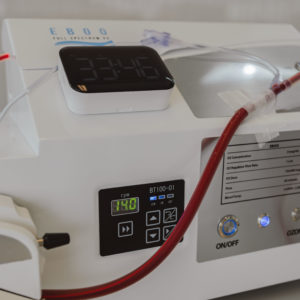
7 min|Dr. Alex Chan
EBOO for Chronic Inflammation: A Natural Approach for Systemic Relief
Regenerative Medicine, EBOO Therapy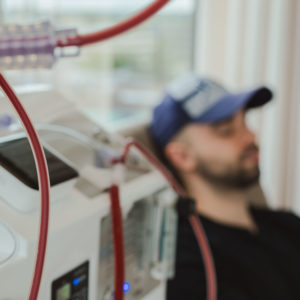
7 min|Dr. Alex Chan
EBOO Therapy for Autoimmune Conditions: Exploring the Potential Benefits
Autoimmune Disease, Regenerative Medicine, EBOO Therapy